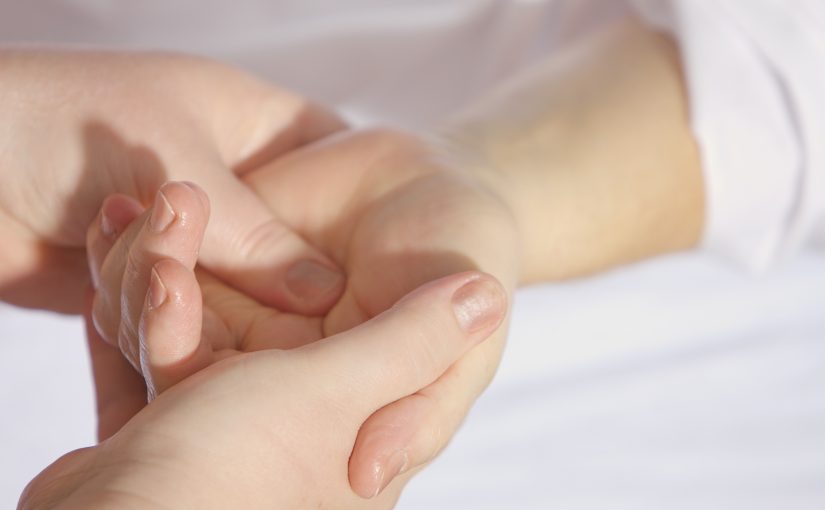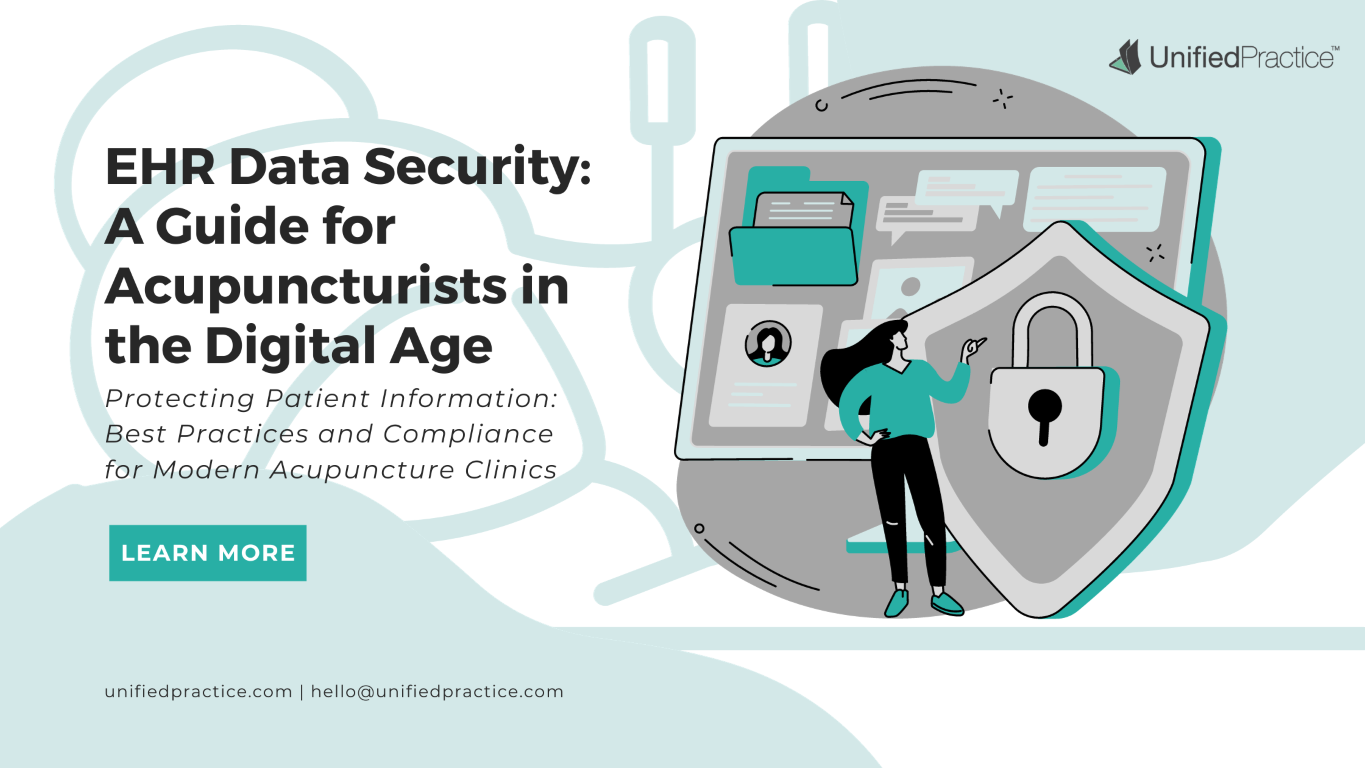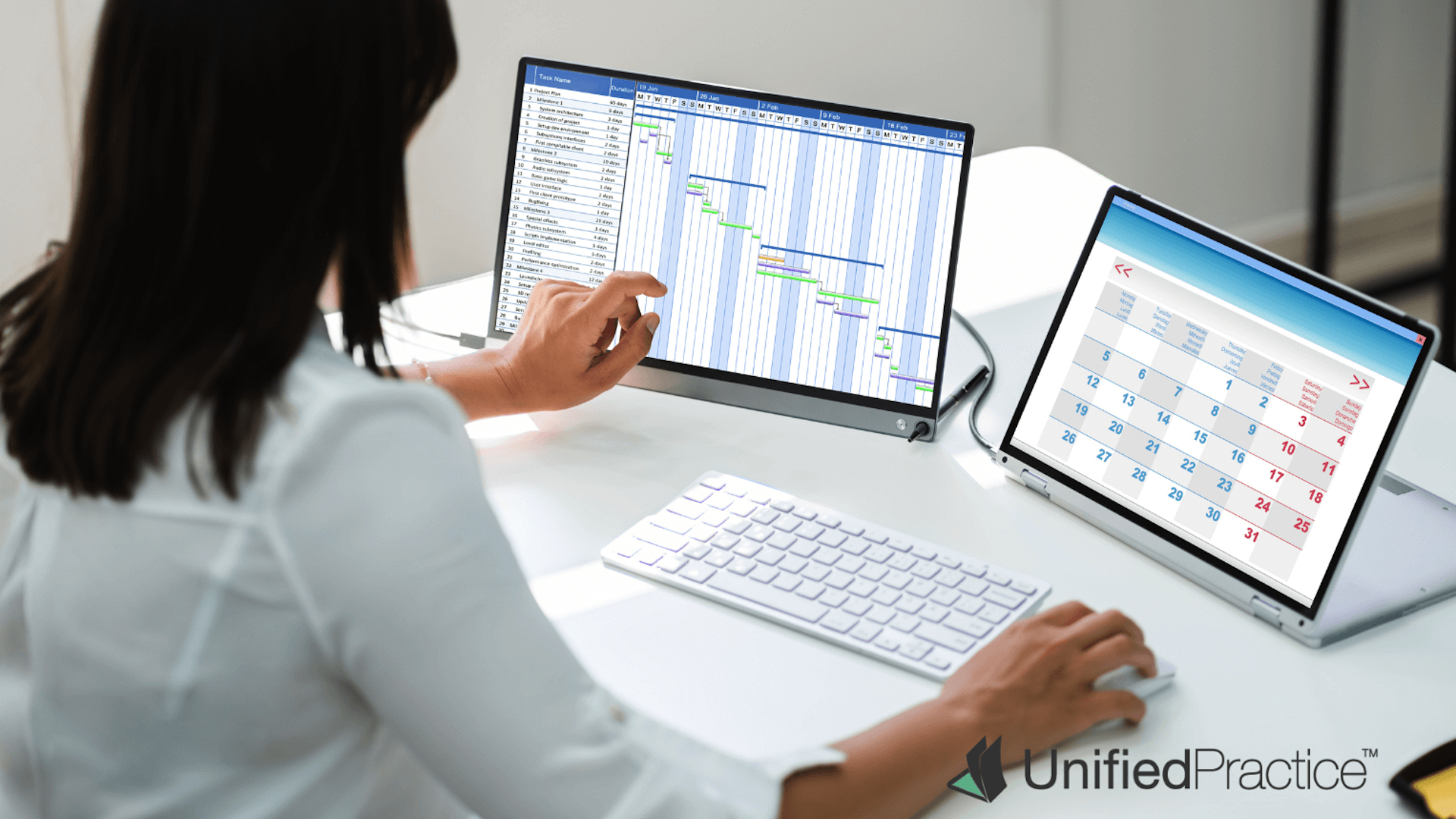Within all the TCM modalities that practitioners can perform, acupressure is one of the easiest and most accessible modalities to teach patients to perform at home in addition to in-person care.
Recently, Robyn “Ra” Adcock, LAc, DACM practitioner at UCSF Benioff Children’s Hospital joined us for a webinar covering safe and effective protocols for acupressure. Part of Adcock’s role at UCSF Children’s Benioff is to teach parents acupressure techniques to help provide complementary care for their child. She says now is a great time to teach patients or parents of patients how to treat themselves with acupressure.
“I’ve renamed the service that I do ‘acutherapy,’ instead of ‘acupuncture,’ because puncture is just one of the many modalities we deliver.” Adcock said. “Acutherapy really helps us embody all of the manual techniques that we do.”
Why Acupressure?
In a recent study cited by Adcock, there was strong evidence proving that acupressure was a valid intervention for several conditions. The study found acupressure was effective for nausea, vomiting, low back and neck pain, dysmenorrhoea, insomnia, dyspnea, asthma, cancer-related fatigue, and mental health issues like depression and anxiety.
Another great benefit of acupressure Adcock points out is its ability to be used on patients who are afraid of needles, have blood disorders, or have issues with bruising. These patients cannot receive acupuncture but can still be effectively treated and receive similar benefits with acupressure.
Teaching your patients acupressure is a great way to provide them with value beyond your in-person appointments. By giving them the tools to treat themselves and their family and friends at home, you’re making a bigger investment in your patients’ road to recovery.
Adcock also points out how the ripple effects from COVID-19 are changing the way patients are able to receive treatment.
“We’re seeing a massive shift in healthcare right now toward more self-sufficiency in our patients.” she said. “We may be back in-and-out of these shelter-in-place settings for the next stretch of time based on what the infectious disease experts are saying.”
Not only can you avoid disrupting your patients’ treatment plan, you may also avoid temporarily having to close your business in the event COVID-19 (or another virus) spikes again. By offering acupressure via telehealth, you can walk your patients through techniques during their appointment they can continue to use in between sessions.
How To Teach Acupressure
As you think about teaching your patients how to perform acupressure on themselves or their family members, Adcock says it’s really important to think about the proper techniques that you, as a practitioner, may take for granted because it’s so deeply ingrained in your head.
If you’re not sure where to start when explaining acupressure to patients, Adcock recommends starting from the very basic first step. She recommends telling patients the following:
- Bring mindfulness and awareness to their bodies. They should notice tension in their body and think about their breath and posture.
- Use straight fingers. It’s important to teach patients how important it is that they do not hold tension in their hands or think they need to press hard for the treatment to be effective.
- Give them the sense that this is safe. It’s important to make them feel as though they are not going to hurt themselves, their partner or their child while performing these techniques. This will help bring a sense of calm and confidence that will lend itself to a more successful acupressure experience.
- Use weight distribution. Instead of pushing with the hands and fingers, teach your patients to lean into the point with their body. This will help them avoid tension in the hands and provide a more satisfying pressure.
- As little as 5 grams of pressure — or the weight of nickel on your fingertip — is enough to activate the acupoints.
- Constantly checking in to see what feels better or worse is important to keeping a positive experience.
- Acupressure should not hurt, however, it’s common to feel achy, full or heavy.
- Apply pressure for 2 minutes before releasing for 30 seconds to encourage circulation and prevent bruising. Or, massage the point for 2-5 minutes, making small circles.
- Apply acupressure 5 times per day.
As you consider providing acupressure or teaching acupressure, also consider offering your patients a pre-recorded class for a small fee. That way, they can reference your guidance when they need a refresher while you generate another stream of income.
Learn more about teaching techniques, acupoints to focus on, and billing codes to be aware of by watching this video of Adcock’s webinar.
Don’t miss our next webinar! Sign up for our newsletter to get the latest news and updates.




